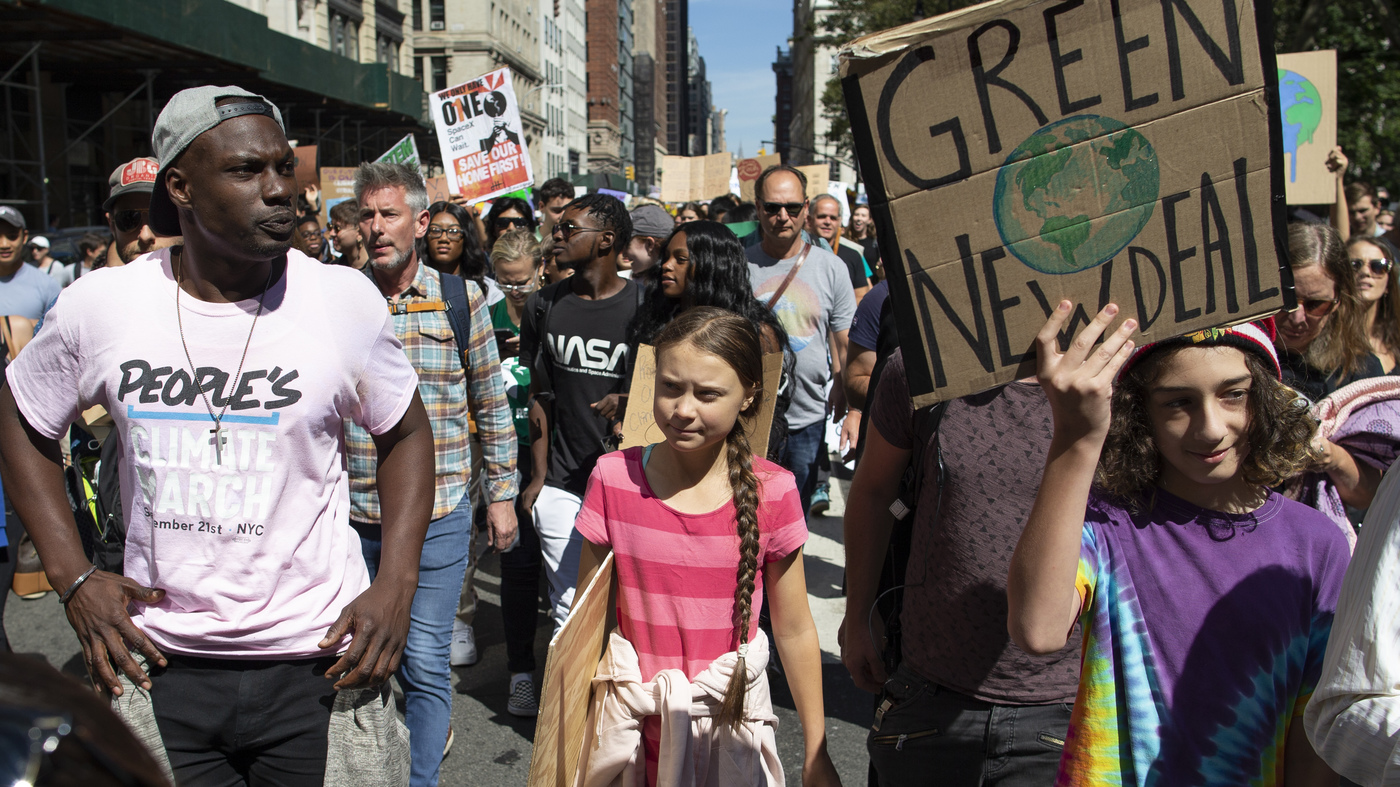The Krazy Klimate Kult does a bang-up job of screaming and stamping their little feets, but they’re not much chop at defining exactly what they’d do to tackle the big, scary sky-dragon they’re all so afraid of. Because, of course, that would require both intelligence and hard work, neither of which is much in evidence from the sort of cretins who glue themselves to roads.
But they are good at issuing demands – as demanding children are wont to do. The most impossible, fantastical demands imaginable.
“100 per cent by 2030” sounds like a great slogan, seems pretty concrete and neatly ties with the claims we’re only years away from a civilisation-destroying ecological catastrophe unless we take action now. But what does 100 per cent of energy from renewables by 2030 actually mean in practice?
In 2018, the world energy consumption (in electricity) was 13,864.9 million tonnes of oil equivalent (MTOE), an increase of 2.9 per cent on 2017 (the average yearly increase in the decade prior has been 1.5 per cent, since 2000 over 2 per cent) […]Only four per cent came from renewables, or just over 11 per cent if hydro-electricity is included – hydro is technically a renewable source of energy, but Greta and her associates oppose large scale hydro projects.
Indeed, the genesis of the green movement in Australia was opposition to hydro projects.
If the 1.5 annual growth rate in electricity consumption continues, by 2030 the annual electricity consumption worldwide will be 16,597.6 MTOE.
If hydro continues its recent growth rate, then it will account for barely 8% of electricity consumption. To make up the shortfall, the only other current sources of renewable electricity – wind and solar – will have to increase their output by 2700%.
I’ve disregarded geothermal and tidal power because neither are currently viable. Maybe they will achieve some miracle breakthrough in the next ten years, but let’s stick with what we know.
So, what does that mean in practical terms?
Hence, to achieve the new renewables electricity production capacity of 14,710.3 mtoe by 2030, every day from today till 31 December 2030 we need to add to the world generating capacity:
• A new wind farm with 4,212 wind turbines, covering the area of 1,111 square miles, or
• A new PV power plant covering 215 square miles
That’s, I repeat, every day […]
So – this translates to 17.3 million new wind turbines, covering the area of 4,560,193 square miles. That’s a bit less than the land area of the United States and India combined. Or a solar farm covering the land area of 882,618 square miles, or slightly less than the equivalent of Alaska and Texas. To make us 100 per cent renewable by 2030.
Then there is the cost […]the cost of building a wind farm with 17.3 million turbines would be nearly US$60.5 trillion […]the cost of building a solar farm with the necessary 63.9 million MW would be around US$63.9 trillion.
This is just the direct cost of constructing the new electricity production infrastructure.
That still leaves the sticky problem of the intermittent nature of wind and solar. Sure, you could build more of Tesla’s giant South-Australian style batteries. Tesla’s battery supplies 129 megawatt-hours. By 2030, world consumption will be 193 trillion megawatt-hours. Even generously allowing that only half of that will need to be backed up at any one time, 750 million Tesla batteries. In the next ten years.
We would need to build more than 200,000 Tesla batteries every day, for the next ten years.
As Bjorn Lomborg writes:
Ending global fossil-fuel use by 2028 is a flawed plan […]a hard by-hook-or-crook transition would cause a real, global catastrophe, sending most of us back into back-breaking poverty. That’s why developing countries, especially, want more fossil-fuel power, not less; they want to lift more people into comfortable lives.
spectator.com.au/2019/10/implementing-greta/

